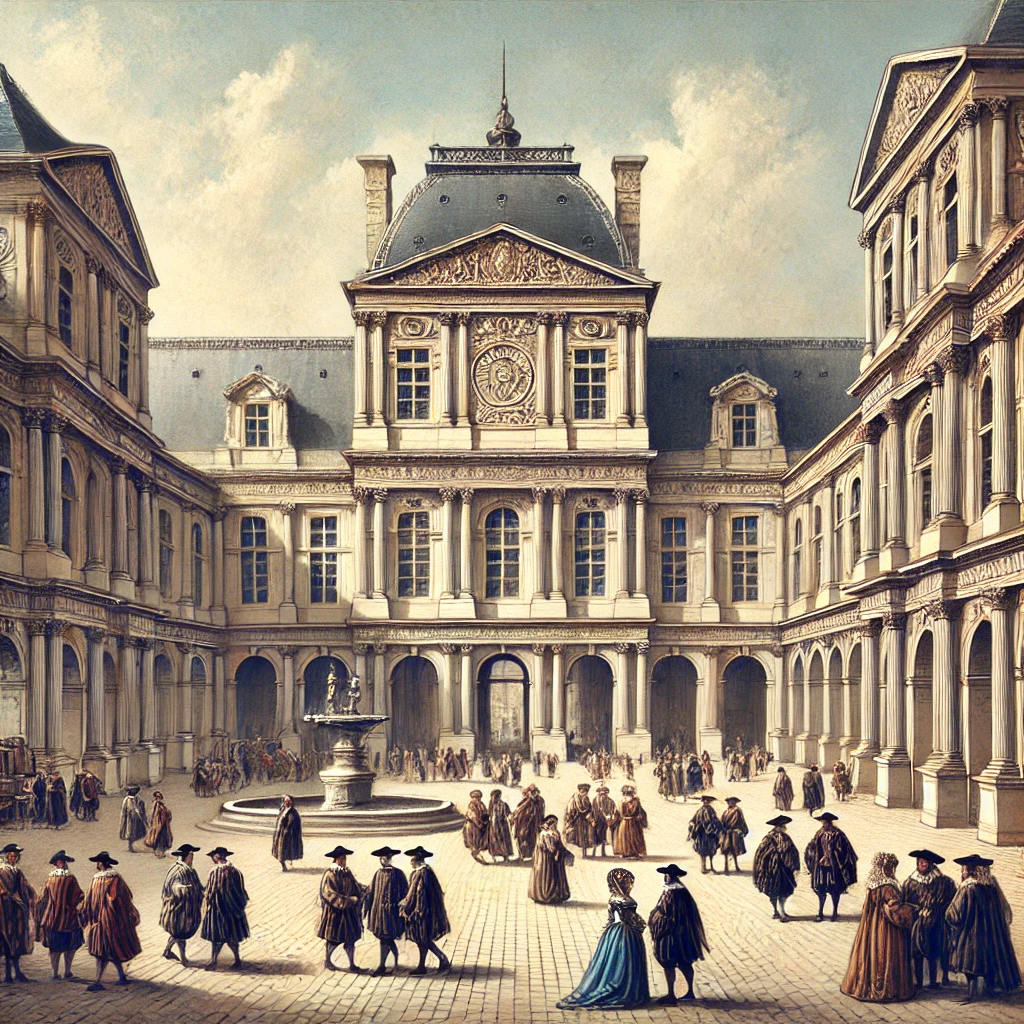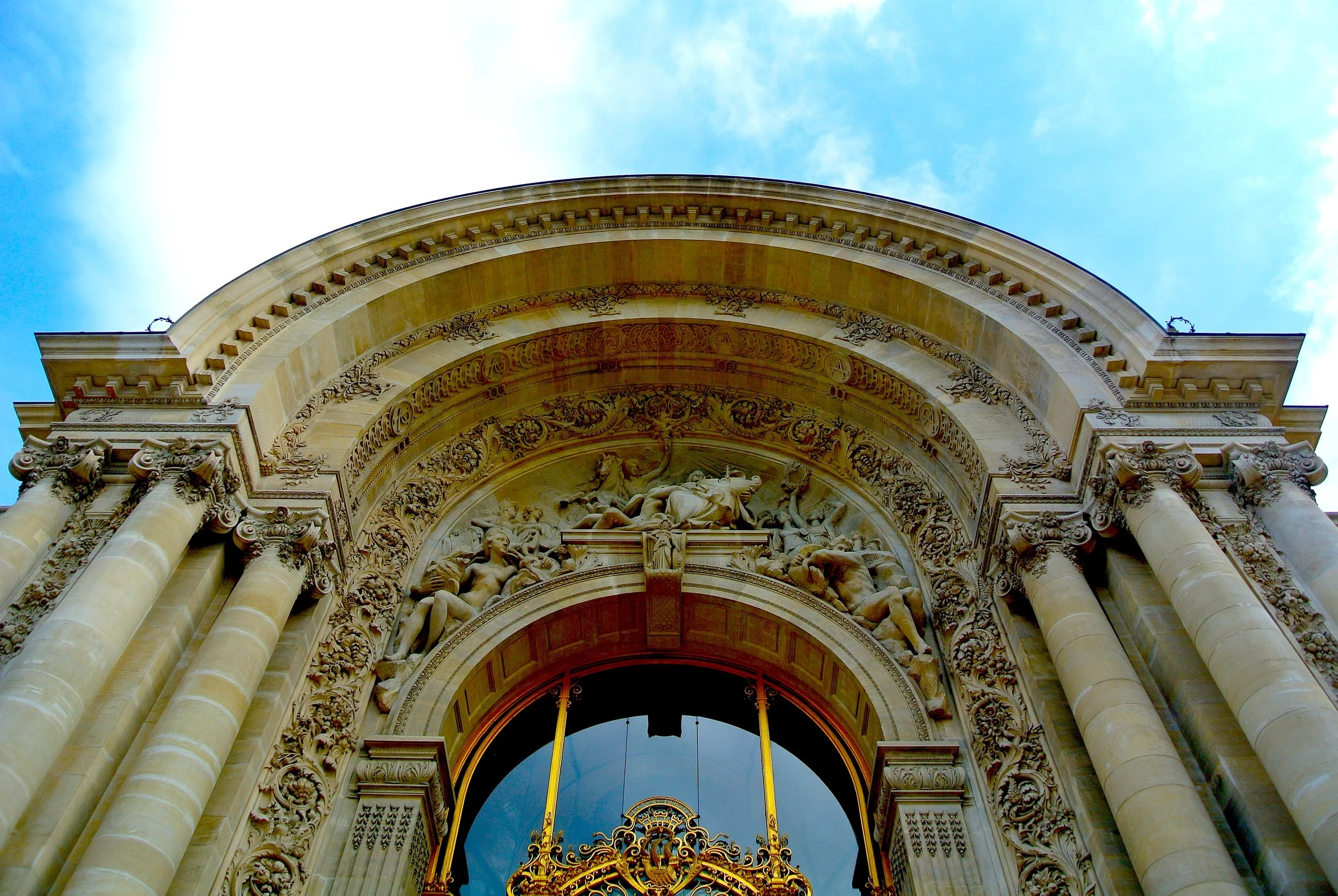The true designer (hint: It wasn’t Gustave Eiffel!), Nazi occupation, the sculpture in the Champ de Mars and other trivia about la Tour Eiffel you never knew.
The Eiffel Tower is a symbol of Paris — but it has a fascinating history most people aren’t familiar with
A large part of the romance of Paris for me is that much of its historic skyline remains intact. It stretches out before you, its streets filled with light gray and cream-colored buildings, all of which are no more than five or six stories tall (with the exception of Montparnasse Tower, largely considered an eyesore by many Parisians).
“Guy de Maupassant so abhorred the Eiffel Tower, he said he ate lunch every day in the restaurant at its base — ’cause it was the only place in Paris where he didn’t have to look at it.”
Wally got tired of walking, so he made Duke give him a piggyback ride
One structure draws your eyes in the heart of the city: la Tour Eiffel, as the French call it. It has become the ultimate representation of the City of Light. The Eiffel Tower is at once sturdy, being made of steel, yet delicate in its design.
Everyone, whether they’ve had the pleasure of visiting Paris or not, is familiar with the city’s most iconic structure. But how much do you really know about the Eiffel Tower?
Wally jumps for joy at la Tour Eiffel
1. It reigned as the tallest manmade structure in the world — for a while, at least.
Completed in 1889, the Eiffel Tower, held that title for 41 years, standing 984 feet tall, until the Chrysler Building (1,046 feet) in New York City beat it out in 1930.
2. It’s a long climb to the top.
You can trek up all 1,665 steps to the top of the Eiffel Tower, but there is an elevator.
3. It literally grows in the sunlight.
Unlike George on Seinfeld’s penis in cold water, the Eiffel Tower doesn’t shrink when temps drop — but because of thermal expansion, it stretches 6 inches taller on warm days.
The Eiffel Tower was built for a World’s Fair and has become one of the most-visited monuments on the planet
4. The tourism hotspot is super popular.
Seven or so million people a year visit the Eiffel Tower — it’s the most-visited, for-pay monument in the world.
5. The Eiffel Tower is a marvel of modern architecture.
Construction took two years, two months and five days — 180 years fewer than Notre Dame!
6. Paris almost missed out on housing the icon.
The project was first pitched to Barcelona, Spain, but the plan was rejected. The city was worried it’d be considered an unwieldy eyesore. It seems a bit odd for a place that took a risk with Antoni Gaudí and his colorful and strange aesthetic, including the beautiful and bizarre La Sagrada Familia church.
7. Turns out the man whose name it bears didn’t really design it.
It’s actually the work of one of Gustave Eiffel's employees: an engineer named Maurice Koechlin. Poor Maurice gets no respect.
The stages of the Eiffel Tower’s construction
8. Construction was intense.
It took 300 workers, over 18,000 pieces of wrought iron and 2.5 million rivets to create the impressive structure.
The Eiffel Tower served as a dramatic entrance to the 1889 Exposition Universelle
9. The Eiffel Tower was the star of the show at the 1889 World’s Fair.
The tower was built to commemorate the centennial of the French Revolution for the Exposition Universelle. Paris wanted a dramatic entrance to the fairgrounds, reviewing more than 100 submissions before picking Eiffel and Company’s design.
Gustave Eiffel’s career had its ups and downs — and he didn’t even come up with the design for his namesake tower
10. Eiffel had a major misstep earlier in his career.
The French tried to build that canal in Panama, but it was a disastrous failure, and Eiffel’s reputation suffered.
11. A choice job on an American landmark redeemed Eiffel.
The architect had designed the skeletal support structure of the Statue of Liberty, which helped him score the World’s Fair commission.
12. The Eiffel Tower wasn’t supposed to stick around.
It was originally only intended to remain for 20 years before being dismantled. But its use as a giant antenna saved it — in part thanks to the fact that it jammed German wireless radio communications, hindering the Nazi advance at the First Battle of the Marne. The Allies were victorious, and the tower got to remain standing.
Wally and his mommy sure are glad the Eiffel Tower stuck around
13. The now legendary icon didn’t go over very well at first.
Three hundred Parisian luminaries protested the tower when it was built. They ran the following manifesto in the Le Temps newspaper on Valentine’s Day in 1887: “We, writers, painters, sculptors, architects, passionate lovers of the beauty, until now intact, of Paris, hereby protest with all our might, with all our indignation, in the name of French taste gone unrecognized, in the name of French art and history under threat, against the construction, in the very heart of our capital, of the useless and monstrous Eiffel Tower.” The world has come around since then.
14. A famous writer sure was snooty about it.
Guy de Maupassant, author of the short story “The Necklace,” so abhorred the Eiffel Tower, he said he ate lunch every day in Le Jules Verne restaurant at its base — ’cause it was the only place in Paris where he didn’t have to look at it.
15. It housed the coolest hangout spot in the city.
Eiffel kept a small apartment on the third floor, 1,000 feet up, where he liked to entertain friends. It contained a grand piano and cutting-edge lab equipment, which surely impressed Thomas Edison when he visited. It’s now open to the public, complete with life-size mannequins of Eiffel and his guests.
14. A famous conman “sold” the Eiffel Tower — not once but twice.
In the 1920s, Victor Lustig, a con artist extraordinaire, convinced two different investors that the tower was going to be sold for scrap metal — scoring $70,000 off of one of his victims.
15. The Eiffel Tower was once “the world’s largest billboard.”
From 1925 to 1936, the tower was commercialized, serving as a giant advertisement for a car company. A quarter of a million colored bulbs on three sides of the steeple illuminated to spell out Citroën in 100-foot-tall letters. It was so bright — visible for nearly 20 miles — that Charles Lindbergh said he used it as a beacon when he landed in Paris on his 1927 solo transatlantic flight.
Hitler and the Nazis played a part in the history of the Eiffel Tower
16. The Eiffel Tower once sported a swastika.
When Germany occupied Paris during World War II, the tower was closed to the public. The French cut the elevator cables so Adolf Hitler and his minions would have to climb the stairs if they wanted to go up it. Nazi soldiers trudged up all those stairs and tried putting a huge swastika flag at the top, but it quickly blew away. They ended up using a smaller one.
17. Hitler tried to destroy the Eiffel Tower.
As the Allied forces approached Paris in 1944, Hitler ordered Dietrich van Choltitz, the military governor of the city, to demolish the Eiffel Tower. Thankfully, van Choltitz thought Hitler had gone mad and refused.
18. It takes a lot of paint to coat it — and it hasn’t always been the same color.
They repaint the tower every seven years or so with 66 tons of paint. That’s as much as 10 elephants weigh. The Eiffel Tower’s shade has shifted from time to time, including colors described as red-brown, yellow-ochre and chestnut brown. The reason it’s repainted is so the metal doesn’t oxidize and turn green, like the Eiffel Tower’s sister, Lady Liberty.
19. A French president once had a terrible and destructive idea about the tower.
In 1960 Charles de Gaulle thought it’d be cool to temporarily dismantle the tower and send it off to Montreal, Canada for Expo 67. The plan was rejected, thank Dieu.
20. The tower shares a nickname with Margaret Thatcher.
Both were called the Iron Lady (La Dame de Fer, in French).
Uh oh! We didn’t get France’s permission to run this photo of the Eiffel Tower at night
21. You supposedly can’t publish photos of the lit tower without permission from France.
The Eiffel Tower’s likeness is in the public domain, but in 1989, a French court ruled that lighting displays on the tower are an “original visual creation” protected by copyright. Just be aware that when you post those Instagram and Facebook photos, you’re breaking the law, you rebel.
The art installation by Clara Halter and Jean-Michel Wilmotte is worth exploring while you’re at the Eiffel Tower
War and Peace: Le Mur Pour la Paix in the Champ de Mars
Bonus: There’s a kickass art installation nearby.
Behind the Eiffel Tower is a large green space called the Champ de Mars (Mars Field). At the end of it, in Place Joffre, is the Mur Pour la Paix (the Peace Wall) — a fittingly stark contrast to a field named for the Roman god of war. This installation by the artist Clara Halter and the architect Jean-Michel Wilmotte is worth visiting. It wasn’t crowded at all when we were there — it seems as if everyone tends to stay in the immediate Eiffel Tower area and not explore the environs. They’re missing out.
Wally and Duke at la Mur Pour la Paix, the Peace Wall, with the Eiffel Tower visible through it
On the glass wall, the word “peace” is written in 32 different languages. It’s supposedly inspired by the Wailing Wall in Jerusalem, Israel. We couldn’t tell if the shattered glass was part of the exhibit or not.
Wally tries to blend into the art exhibit at the end of the Champ de Mars
The cool art at the Mur de la Paix sure made Duke happy
There’s also a series of columns off to the side that’s fun to wander through.
The art piece provides very cool perspectives of the tower and makes for some great photo opps. Like I.M. Pei’s pyramid in front of the Louvre and the Eiffel Tower itself, not every Parisian is sold on the sculpture. They’ll come around, though; they always do. –Wally
Sources: Factslides, History, Reader’s Digest,






























